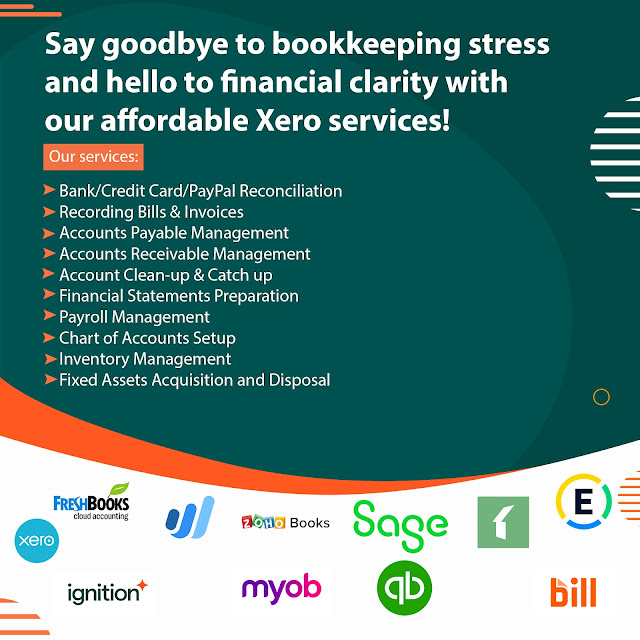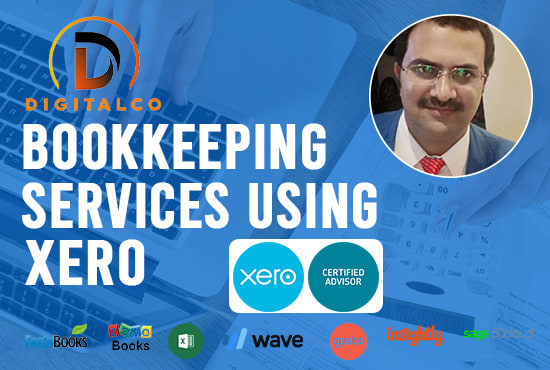What Will Business Financing Look Like After the Covid-19 Pandemic?
2020 was a challenging year for many small companies due to the global coronavirus, the financial difficulties that accompanied them. The economy on the mend this year is already off to a better and brighter start. Many people are optimistic about the future, but what will business finance look like after COVID-19?
Nonetheless, there are several challenges. Companies must be equipped, especially as it relates to finance.
Most lenders were not lending at all at the height of the coronavirus outbreak. The PPP loan enabled some small firms to stay afloat, but it did not provide the complete relief that many required.
Financing has already resumed as firms continue to open their doors. In reality, there are more financing choices on the market.
The federal government has aided this current increase. Small companies now have another option to receive inexpensive financing thanks to the approval of a second batch of Paycheck Protection Program (PPP) funds totaling $284 billion.
Here's how company finance is shaping up in the aftermath of the Covid-19 epidemic.
Is The Supply of Covid Relief Loans Running Out?
Before we go ahead, let's take a look at the current situation of financing.
The SBA used the PPP loan program to encourage small business owners to keep paying their staff. These covid relief loans also assisted them in covering other expenditures such as rent and utilities while cash flow was limited. These coronavirus stimulus loans also covered other payroll-related expenses.
During the height of the coronavirus epidemic, governments implemented lockdown orders, and small company lenders tightened lending standards. When offered the first round of PPP funding, applications poured in, and monies were depleted faster than planned.
The federal government has announced the availability of the second batch of PPP funding. As of today, the second round of PPP loans is still available.
The maximum loan amount for the second phase of PPP funding is $2 million, with additional financing available exclusively for payroll and operating expenditures. Many business owners believe that expanding income sources or capitalizing on rising markets is insufficient.
Covid-19 Business Financing: What Comes Next After the Pandemic?
Small business loans will return to normal as reported cases of the virus decline and the small business environment gradually returns to normal.
Even though many lenders have begun issuing regular small company loans, lines of credit, and equipment financing programs, things are not yet back to normal. Banks have been slow to return to the market with PPP loans and other nationally supported options in the mix.
Obtaining a bank loan was tricky and time-consuming well before the covid-19 epidemic. To be eligible, you needed to have a perfect credit score, at least two years in business, and good financials. If you weren't an all-star applicant, the chances of your application being approved were slim.
They are taking further precautions to ensure that their loan selections are risk-free. In other words, if you don't satisfy the requirements, you'll most likely have to go elsewhere for money.
Fintech Lenders: Easy, Quick, And Straightforward Financing After COVID-19
Fintech lenders, unlike banks, do not judge a book by its cover and the same will be valid for business finance following COVID-19. Provides them with a better idea of how profitable your company will be in the future.
A fintech lender has already returned to lending. The requirements are not as stringent as those of a bank loan, and many operating firms with some income will have choices. Instead of requiring a good credit score, you may be able to qualify based on your total sales.
Parallel Lending Solutions Post-Coronavirus
While the pandemic may have altered the game for some business leaders, rest assured that financing choices will still be accessible in the years ahead.
You have the choice of choosing between PPP loans, business loans, a business line of credit, or another financing solution that is appropriate for your company.
You may want to explore one of the following choices, depending on your needs and financial situation:
Small Company Loans
They are easy lump-sum loans with amounts, rates, and terms tailored to your specific requirements. You will get money and repay the loan over the course of the period. There are no limits on how you can use the cash to solve an issue, expand, or both. Make sure you're working with a lender who provides you with clear information regarding terms and prices.
Business Lines of Credit
Provide you with a source of capital from which you can access as needed. You can take as much as you need from the entire allowed amount and pay interest on what you take. You'll always have additional operating capital on hand to pay unexpected costs or deal with difficulties.
Equipment Financing
It enables you to acquire new equipment right now and pay for it over time. The kit itself serves as collateral, so you won't have to put up any more personal or corporate assets.
Accounts Receivable
May use Unpaid bills to your advantage with accounts receivable finance. You can receive an advance on the payment from the lender by selling the invoice.
SBA Loans
Such as the 7(a) loan is another popular choice (and will likely remain so). These typically offer the lowest interest rates and the most prolonged periods, but they are tough to qualify. If you don't have good credit, it could be worth exploring another alternative that might help your business develop quickly.
At Last
One of these alternatives funding alternatives might be precisely what your company needs while the economy rebounds from the coronavirus outbreak.




Comments
Post a Comment